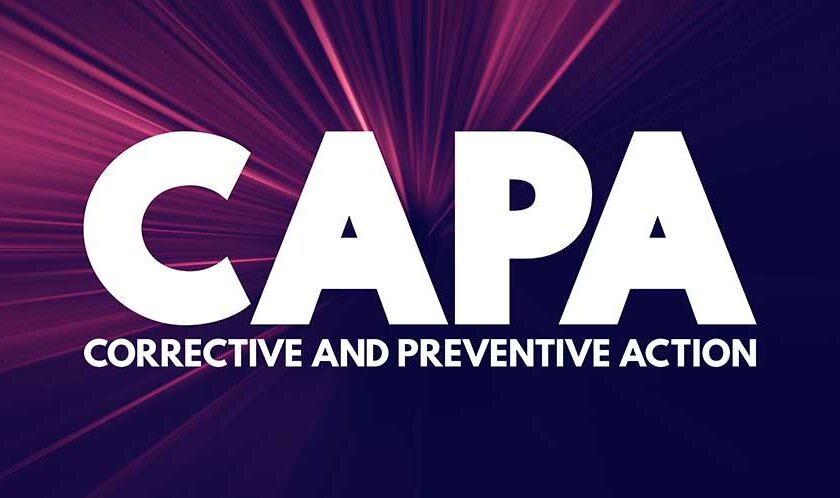CAPA plays a critical role in ensuring quality, compliance, and continuous improvement across various industries. In the world of manufacturing, healthcare, and various other industries, ensuring high-quality products and services is paramount. However, despite rigorous processes and standards, deviations, defects, and non-conformances can occur. This is where CAPA, or Corrective and Preventive Action, comes into play as a vital component of quality management systems.
What is CAPA?
CAPA is a systematic approach used by organizations to identify, investigate, and address deviations or issues in their processes, products, or services. The primary goal of CAPA is twofold: to correct existing problems and to prevent their recurrence in the future. It is an essential tool for continuous improvement and risk mitigation.
Components of CAPA:
- Identification: The first step in CAPA is identifying any deviation, non-conformance, or complaint. This can be done through various means, including customer feedback, internal audits, or monitoring of process metrics.
- Investigation: Once identified, the issue undergoes a thorough investigation to determine its root cause. This often involves data analysis, interviews with relevant personnel, and examination of process documentation.
- Corrective Action: Based on the findings of the investigation, corrective actions are implemented to address the root cause of the problem. These actions aim to resolve the immediate issue and prevent its recurrence.
- Preventive Action: In addition to corrective actions, preventive measures are put in place to mitigate the risk of similar issues occurring in the future. This proactive approach helps to improve processes and prevent potential problems before they arise.
Importance of CAPA:
- Quality Improvement: CAPA drives continuous improvement by addressing underlying issues and enhancing processes, ultimately leading to higher quality products and services.
- Regulatory Compliance: Many industries have strict regulations and standards governing quality management. Implementing effective CAPA processes ensures compliance with these requirements and helps avoid costly penalties or legal consequences.
- Risk Mitigation: By identifying and addressing issues early on, CAPA helps organizations mitigate risks associated with product defects, safety hazards, or regulatory non-compliance.
- Customer Satisfaction: Consistently delivering high-quality products and services is crucial for maintaining customer satisfaction and loyalty. CAPA ensures that customer complaints and concerns are addressed promptly and effectively.
Challenges in Implementing CAPA:
While CAPA is a powerful tool for quality management, its successful implementation can be challenging. Some common challenges include:
- Effective Root Cause Analysis: Identifying the true root cause of a problem requires thorough investigation and analysis. Without proper tools and expertise, organizations may struggle to pinpoint underlying issues accurately.
- Resource Constraints: Implementing CAPA processes requires time, effort, and resources. Organizations must allocate sufficient resources to support effective CAPA implementation, which can be challenging in resource-constrained environments.
- Cultural Resistance to Change: Introducing CAPA may require changes to existing processes or workflows, which can be met with resistance from employees accustomed to the status quo. Overcoming cultural barriers and fostering a culture of continuous improvement is essential for successful CAPA implementation.
